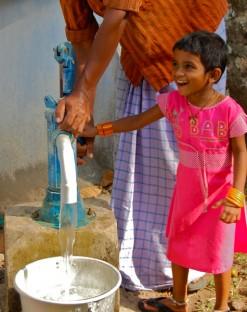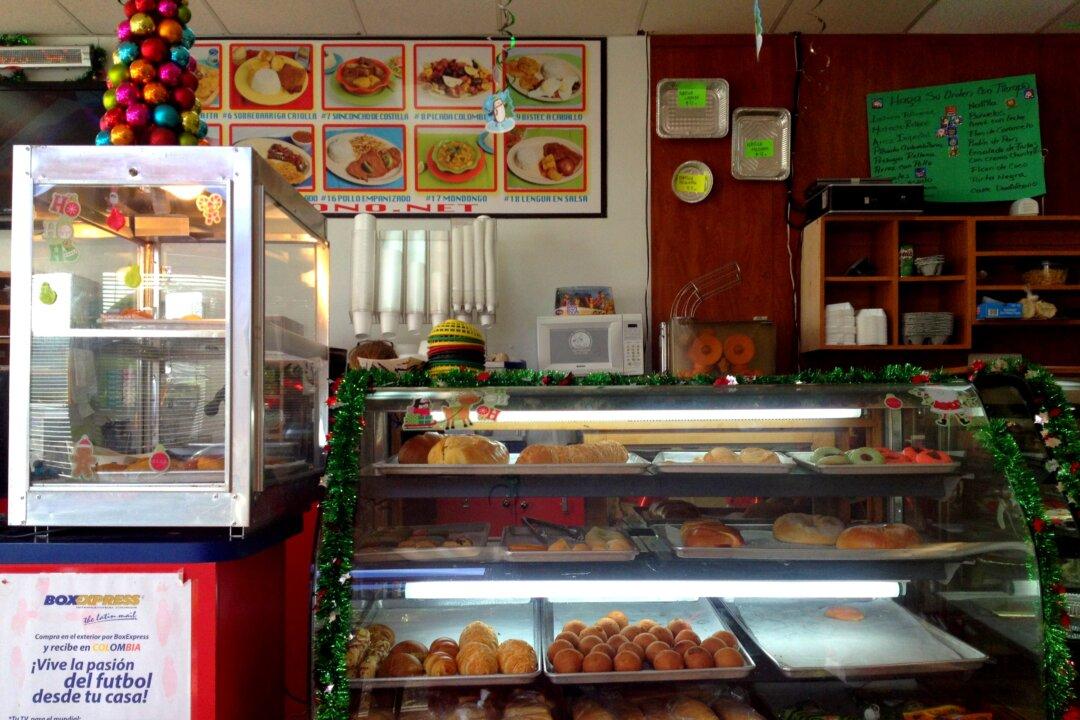The Challenge
We often speak of not having enough hours in the day to get things done. But imagine having to devote many hours of your day to fetch clean water.
Then imagine that water so polluted that it nearly matches the color of the muddy paths on which you make your daily treks.
This is the predicament that villagers in Achinakom, India have been grappling with on a daily basis for years. Women and children spend their days walking to fetch water that is contaminated at levels far beyond WHO standards. Aside from risking contagion from waterborne diseases, villagers lose time that could be spent generating extra income.
What’s more, the poorest households--which are located in rural villages with little to no public water supply--pay the most for it. Precisely, 900 times more than the upper classes.
In the past few years, however, the villagers have found a game plan--a solution that falls naturally from the sky.
The Strategy
Daniella Flores recalls walking through a gravelly path flanked by rice paddies to visit a steel tank in Achinakom. The tank is larger than the rest, holding 25,000 liters of rainwater, which serves 20 households. The week of her visit, the village had been flooded knee-deep thanks to constant downpours. The 2013 monsoon season had begun earlier that July.
「I can’t say this is unfortunate,」 wrote Flores in her field journal, 「since most of our tanks are almost filled to capacity…!」
Flores is Vice President of Rainwater for Humanity (R4H), a social enterprise run by students at Brown University in partnership with the School of Environmental Sciences at Mahatma Gandhi University. Its mission: to provide affordable rainwater harvesting tanks to the people of Kuttanad, a region in southern India that encompasses the village of Achinakom.
The group constructed its first tank in 2009. Since then, 13 tanks have been built in the region, benefiting 80 families in total. Each locally-made harvesting tank, with a cost of $800, can serve three to five families.
These tanks are an example of upcycling, an environmental principle that envisions recycling materials in such a way that the environment improves with use. The R4H tanks convert the rainwater--the raw material--into clean water that can be safely used for drinking, cooking, and bathing.
Rainwater harvesting systems have existed since antiquity. Concrete, water-proof cisterns from the Roman Empire are the earliest precursors to the mold-cast, circular tanks designed by R4H. In the U.S., modern stormwater management practices include harvesting rainwater from rooftop barrels or underground cisterns, which can be reused for toilet flushing or gardening.
In Anchinakom, villagers have traditionally used plastic containers to harvest water during the period from the monsoon season to the dry season. The improvised plastic rain barrels, however, are problematic as they provide limited storage and are exposed to contaminants.
The R4H tanks have proven to be a step up. Indeed, after switching to the new tanks, users report having increased supplies of water and saving about 8.5 hours per week, which allows parents to spend more time with their children in addition to generating extra income.
One villager agrees. Ms. Shila is a member of the Asparawa Screwpine Society, a local 1000-member women’s self-help group. Having access to the tank, she told Flores, allowed extra time for her to weave craft items from screwpine, which she could later sell.
R4H is also innovative for its vending model. Each family pays a monthly fee, which is less than what they would pay a traditional vendor. R4H uses the revenue to cover tank operation costs and initial investment for future projects.
While R4H designs the tanks, it is the community that benefits from and, ultimately, sustains them. Community leaders have established Water User Groups (WUGs) that allow members to voice feedback and to facilitate tank sharing among families. WUGs also give women the opportunity to perform accounting of tank revenues--a democratic innovation that’s a significant upgrade from the former vendor-purchaser relationship.
Thanks to these measurable successes, R4H plans to raise $500,000 in the coming year to increase impact and expand into new areas. With a recent $25,000 grant from the Ford Fund, R4H will be constructing an additional 36 tanks, bringing the total to 50. The team is currently sketching designs for a new tank that would use a construction material made out of vegetable fiber, potentially reducing costs by about 40% per tank.
The R4H project shows that it is possible to accomplish the triple top line--ecology, economy, and equity--as envisioned by William McDonough, author of the popular sustainability manual Cradle to Cradle: Remaking the Way We Make Things.
As the holiday season draws nearer, let’s imagine ways we can share the gifts we often taken for granted with others--because, as the work of Rainwater for Humanity illustrates, one person’s dark cloud may be another person’s silver lining.
Read more about this social venture at http://www.rainwaterforhumanity.org.


